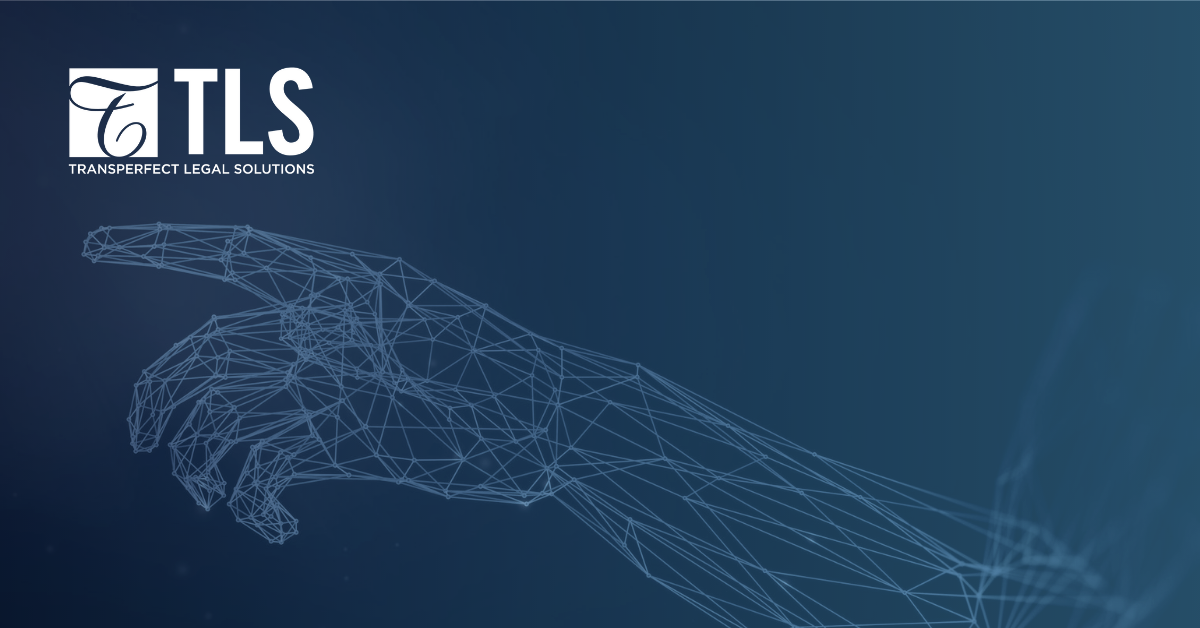Automating Discovery, Not Just Review
Automating Discovery, Not Just Review


The majority of e-discovery costs are incurred during review, so it’s no surprise that review is often the focal point of legal innovation. Predictive coding is now accepted by the Australian court under Victoria Practice Note SC Gen 5. Continuous active learning (CAL) models streamline even small document review sets. Various artificial intelligence plug-ins for Relativity automate video and audio review, translation and mass redaction. Significant savings, however, should be achieved at each of the other main discovery stages:
1. Data Collection and Preservation
The importance of the initial collection stage cannot be emphasised enough. The effect of errors at this stage has a significant impact on the timeline and cost of the entire discovery process. Our forensic experts utilise software such as EnCase, Cellebrite, X1 and Onna to ensure all relevant data is collected – and preserved – to avoid criticism or the need for re-collection. Without the right forensic expertise, the metadata (dates, authors, etc.) and files can become corrupted – culling techniques fail, data volumes in review balloon and vital information is missed.
These tools also help collection from disparate sources such as iPhones, WeChat, Bloomberg chat and Aconex. Data from these sources is notoriously difficult to both collect and present in a usable way during discovery, with case teams resorting to hundreds of screenshots or copying and pasting text into a Word file. Using the appropriate forensic technology ensures this data is collected defensibly and reduces review time, as the disparate data can then be rendered legible by traditional e-discovery tools.
Targeted collections involve isolating only a few folders of relevant data and can help keep data volumes – and overall discovery costs – down. However, the best practice is always to err on the side of caution and ‘collect now, cull later’. Culling is not limited to the processing stage – a ‘pre-processing’ report can be created through forensic collection tools. This isolates file types and allows data-heavy file types (video, INDD, CAD, etc) to be removed or put through a separate workflow, significantly reducing downstream processing and hosting costs.
2. Processing and Culling
In traditional e-discovery workflows, case teams typically operate with high-level culling techniques and move as quickly as possible to the review stage – de-duplicating, de-nisting (removing system files), adding a date range and refining search terms before pushing the data that remains to hosting. This means that irrelevant data is hosted, and as a result, high ongoing hosting/database management fees are incurred. The even larger concern is the time spent by legal teams reviewing material which is of no value to their clients’ cases.
However, early case assessment (ECA) technology and the additional analytics it provides can increase culling by 20–30%. Tools such as TransPerfect Legal’s proprietary e-discovery management tool, Digital Reef, allow case teams to take control of their data before they begin paying for hosting. This presents two clear advantages:
- Advanced culling: Various analytics remove irrelevant content from scope, e.g., isolating spam emails, concept clustering and sentiment analysis
- Relevant data isolation: In a similar way, these tools can isolate the most relevant data and push it straight to review, fostering more relevant review sets and paying to host only the most pertinent data
The case team also still has access to the entire dataset for the length of the case, as hosting this in Digital Reef is free. Therefore, if the team finds something during review that they hadn’t previously considered, they can run additional searches, promote more data and de-dupe against the current set – working smarter, more efficiently and more strategically.
3. Production: Electronic Presentation
Printed court books are expensive to create and update whilst searching the data within them is slow and inefficient. Electronic court books are an online repository where all relevant case data, daily transcripts and legislation can be securely hosted and accessed from anywhere. The case team can also easily search across thousands of documents (using any metadata within them) to find information, or simply click a hyperlink to navigate to a certain document or page.
All courtrooms in the state of Victoria are now equipped with laptops and Wi-Fi to facilitate the use of electronic courtrooms. For larger cases (longer than ten sitting days), it’s seen as proportional that evidence presentation should be organised technologically. Even at a basic level, text-searchable evidence is required upon submission, and PDFs containing all evidence – with hyperlinks to individual documents within them – is listed as a preferred method.
Conclusion
With data growing exponentially, discovery is becoming bigger and more expensive by the day. Legal technology within the review stage of discovery is being developed and applied to many cases. Teams who utilise technology to streamline all stages of discovery will drive the largest savings for their clients, keeping cases more manageable and allowing themselves to take on more work.
Supreme Court of Victoria - Privacy Note: https://www.supremecourt.vic.gov.au/sites/default/files/2018-10/gen_5_use_of_technology_first_revision.pdf